Biodiversity loss and the UK’s birds
Biodiversity loss is one of the biggest drivers of bird population declines in the UK. Learn what we’re doing to tackle this threat to nature and how you can support our work.
- What is biodiversity loss?
- Biodiversity loss and the UK’s birds
- Our work on biodiversity and the UK’s birds
- Hope for the future
- Donate to the Biodiversity Loss appeal today >
What is biodiversity loss?
‘Biodiversity’ describes the variety of life in an area. It can be measured in areas as small as a back garden and as big as the entire Earth, and encompasses everything from genetic diversity and microbes to animal species and even ecosystems. Biodiversity decreases as species become locally, nationally or globally extinct, or as wildlife populations shrink and fragment.
The biodiversity crisis
Most scientists agree that we are currently experiencing a biodiversity crisis, with unprecedented rates of species extinction and nature depletion. The 2023 State of Nature report, which pools data and expertise from more than 60 nature conservation and research organisations in the UK, including BTO, revealed that nearly one in six species in the UK are threatened with extinction – in addition to the 151 species which have already become extinct since the 1500s.
This has far-reaching implications not just for nature, but for people too: the UN Environment Programme states that “declines in nature and biodiversity at current trajectories will undermine progress toward 35 out of 44 of the targets of Sustainable Development Goals related to poverty, hunger, health, water, cities, climate, oceans and land.”
The biodiversity crisis is driven by anthropogenic (human) factors like habitat destruction, pollution, unsustainable resource use, the spread of invasive species and climate change. For example, changes in agricultural practices have vastly reduced the available habitat for Turtle Doves, which declined by a staggering 99% between 1967 and 2020, and are now recorded in less than 50% of the areas they occupied in 1968.
The use of herbicides is thought to have shortened this species’ breeding period by reducing food availability, which means pairs make fewer nesting attempts per year and raise fewer chicks. Chicks that do hatch are also thought to be less healthy when fed seeds of agricultural cultivars like brassicas rather than wild seeds, which are far less readily available on modern farmland.
Biodiversity loss and the UK’s birds
Biodiversity loss does not just reflect declines in wildlife; it also exacerbates them, because depleted ecosystems have fewer resources for wildlife to use to survive. It is one of the biggest drivers of bird population declines in the UK, with 46% of UK bird species falling between 2016 and 2021.
The UK ‘Red List’ for birds includes species considered of greatest conservation concern, due to population and distribution declines, rarity, and international importance. The list is reassessed regularly in Birds of Conservation Concern by a coalition of the UK’s leading bird conservation and monitoring organisations, including BTO.
The Red List now features 70 species, compared to just 36 in 1996, including familiar and well-loved birds like House Martins, Greenfinches, Lapwings, Skylarks, Nightingales and Puffins. Declines are expected to continue in many of these species – for example, recent BTO research suggests that Puffin numbers may fall by more than 70% by 2050, compared to their numbers at the turn of the millennium.
Charting change in bird populations
We work with experts from organisations like RSPB and JNCC to provide an overview of how birds are faring in different habitats – whether their populations are growing, staying the same, or declining.
Our researchers analyse the data from monitoring schemes like the BTO/JNCC/RSPB Breeding Bird Survey and the BTO/RSPB/JNCC Wetland Bird Survey and combine the population trends of birds associated with each habitat. This creates ‘multi-species indicators’ – an aggregate which ‘indicates’, on average, how birds in that habitat are faring. These Wild Bird indicators are published in a suite of indicators known as the government’s ‘Biodiversity Indicators’.
The Indicators provide a solid base of evidence about wild bird population trends in the UK, which we use to direct and prioritise our research, and can be used by governments and other organisations to inform environmental policy and conservation decisions.
Our work on biodiversity and the UK’s birds
Our monitoring and research translate directly into positive action for birds.
Learn more about our work in three key areas: farmland birds, breeding waders and protected areas.
Farmland birds
Agricultural intensification from the 1970s onwards included a widespread shift from spring- to autumn-sowing, a loss of mixed farming, and increases in the use of agrochemicals like herbicides, pesticides and fertilisers. In recent years public attention has been drawn to the decline of invertebrates on cropland, and in particular the impact of neonicotinoids on bee populations, but the intensification affected all of the countryside and the impacts of these changes represent a huge problem to solve.
The Farmland Bird indicator, developed by BTO, reflects a shocking decline in bird species such as Yellowhammer (62%), Corn Bunting (83%) and Grey Partridge (92%) between 1968 and 2021. This indicator has driven the development of agri-environment schemes (AES) across the UK, influencing how our farmland is managed and introducing measures to support bird populations.
Our work has shown that well-designed and targeted agri-environment schemes can enable farmers to support species recovery alongside productive farming.
Our research has been pivotal in ensuring that scheme options, like supplementary feeding during the winter and retaining unsprayed stubbles into spring, have a positive impact on farmland birds.
For example, Skylarks – emblematic birds of farmland landscapes – declined by 60% from the 1970s to 1990s as a result of agricultural intensification. But AES interventions such as winter food provision could be reversing the trend, as Skylark numbers have risen by 9% over the last decade.
More broadly, we have investigated the effects of various AES options and found:
- Unsprayed overwinter stubble crops have the most positive effects on breeding trends.
- The full range of management types, aimed at breeding success and survival, have more positive than negative effects on most target species.
- Wild bird seed mix crops also tend to help population growth.
The results so far show that, while these schemes have the potential to reverse population declines in many farmland species, major reversals in biodiversity loss are not yet happening. This is principally because the schemes are not being taken up at the large scale needed for change.
Breeding waders
Waders are among the species that have suffered the most over the last 30 years, with 28 of the 32 regularly occurring UK species on the Red or Amber List in Birds of Conservation Concern 5 (2021). However, through collaboration with individuals and groups across the UK, we are supporting conservationists, land managers and policymakers to make informed decisions which support wader population recovery.
This can benefit birds such as Curlews, now on the UK Red List following the loss of half their breeding numbers in the last 20 years. The decline in Curlew numbers is a critical challenge with global impact, because the UK holds an estimated 25% of the world’s entire breeding population.
Our work indicates the main drivers of Curlew decline in the UK are nest predation and land-use change, such as upland afforestation.
Our data have proved invaluable for diagnosing the main causes of Curlew declines and our innovative ‘wader sensitivity maps’ will help to minimise the risk of changes in land use, such as large-scale tree planting, having a negative impact on vulnerable populations.
Our next priority is understanding which measures have the greatest impact on nest and chick survival, key factors in Curlew decline.
Protected areas
With finite resources available for biodiversity conservation, it’s vital that we know whether investing in protected areas, like nature reserves, Sites of Special Scientific Interest and Special Protection Areas, is worthwhile.
We are uniquely placed to investigate how effective different conservation interventions like protected areas really are, because of our vast datasets. These contain information gathered from bird atlases and our partnership monitoring schemes, and allow us to compare protected areas with other sites to assess whether their protected status has a beneficial impact on bird population trends.
Our research shows that protected areas are particularly beneficial to rare, declining and specialised species.
A recent peer-reviewed BTO study revealed important new evidence that birds colonise, persist, and occur in higher numbers in protected areas than in unprotected landscapes. The research suggests that this is because populations in protected sites breed more successfully. BTO-led research has also highlighted the importance of the quality of protected areas in their effectiveness, and shown that, as our climate changes, protected areas are likely to become even more important for birds.
Insights such as these provide much-needed evidence for policymakers in the UK and internationally, supporting the initiative for countries to protect 30% of land and sea by 2030. The UK committed to this goal in December 2022 at the United Nations Biodiversity Conference (COP 15), along with 187 other nations from across the globe.
Hope for the future
For more than 90 years, BTO has been the UK’s leading expert in ornithological science. The value of our expertise is highlighted by the major programme we have been awarded to inform three new environmental land management schemes being introduced in England: the Sustainable Farming Incentive, Countryside Stewardship Scheme and Landscape Recovery Scheme. These schemes will support farmers and land managers in a new way to deliver environmental and climate benefits as public goods, alongside the production of food.
But we want to do even more for birds’ survival. Our plans for the future, depending on funding, include:
- Continuing to gather data, improve analysis, and have an even greater impact on policy.
- Developing methods for long-term tracking of landscape restoration using acoustic detectors, to more accurately quantify biodiversity change.
- Gathering evidence that shows how effective different habitat restoration methods and rewilding strategies are for biodiversity recovery.
- Using statistical techniques to predict which conservation interventions are likely to have the greatest positive impact for birds, and reduce and reverse the loss of biodiversity.
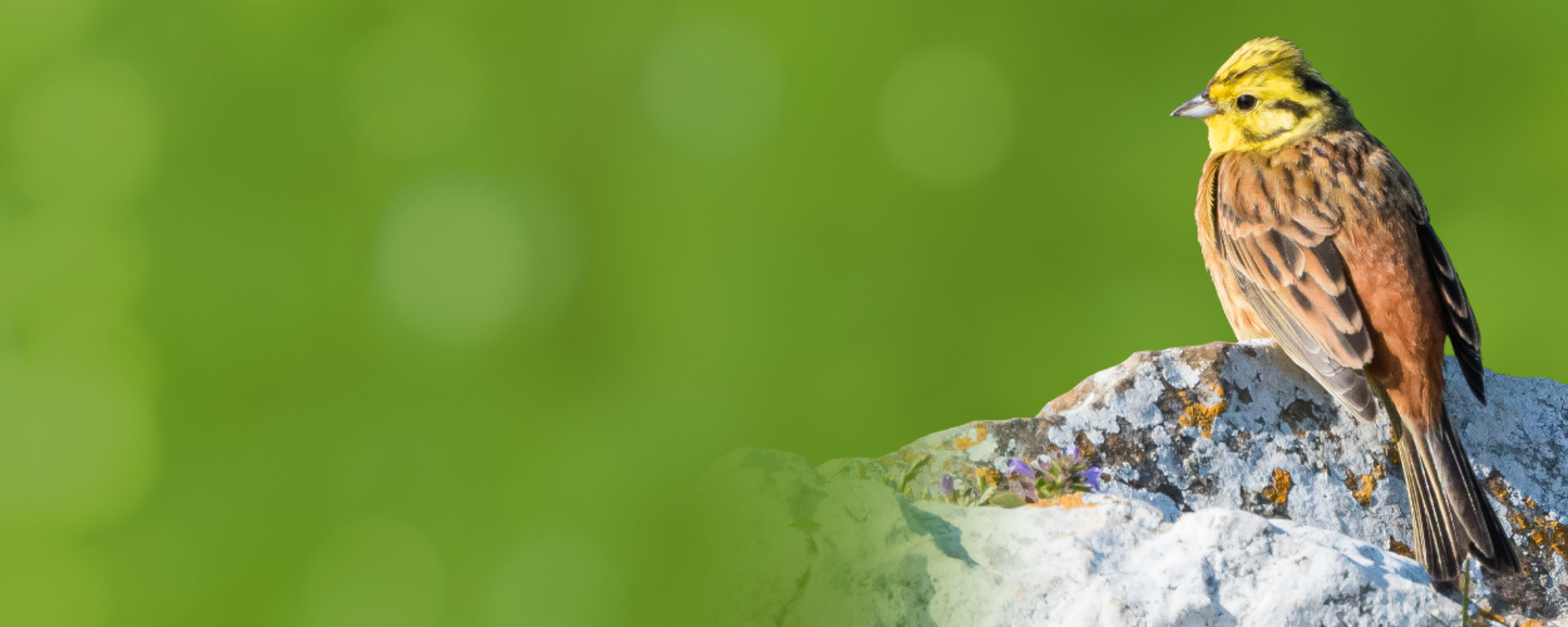
Biodiversity loss – it’s not too late
If you are concerned about the impact biodiversity loss is having on UK bird populations, there is hope.
By supporting our appeal, you’ll be helping to fund our research and create a better world for the birds we love.
Donate to our biodiversity appeal



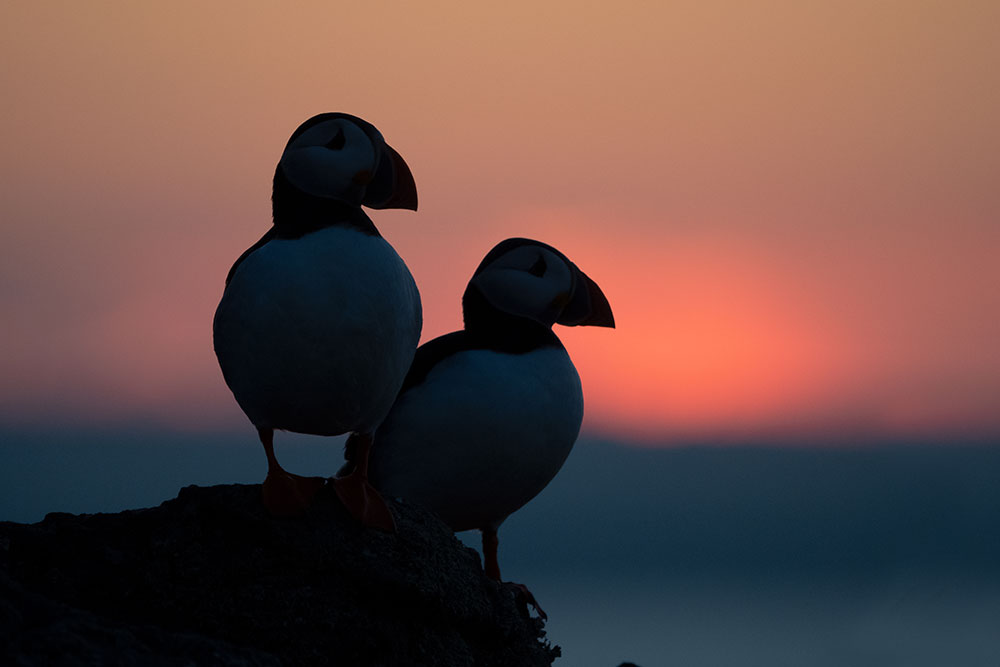
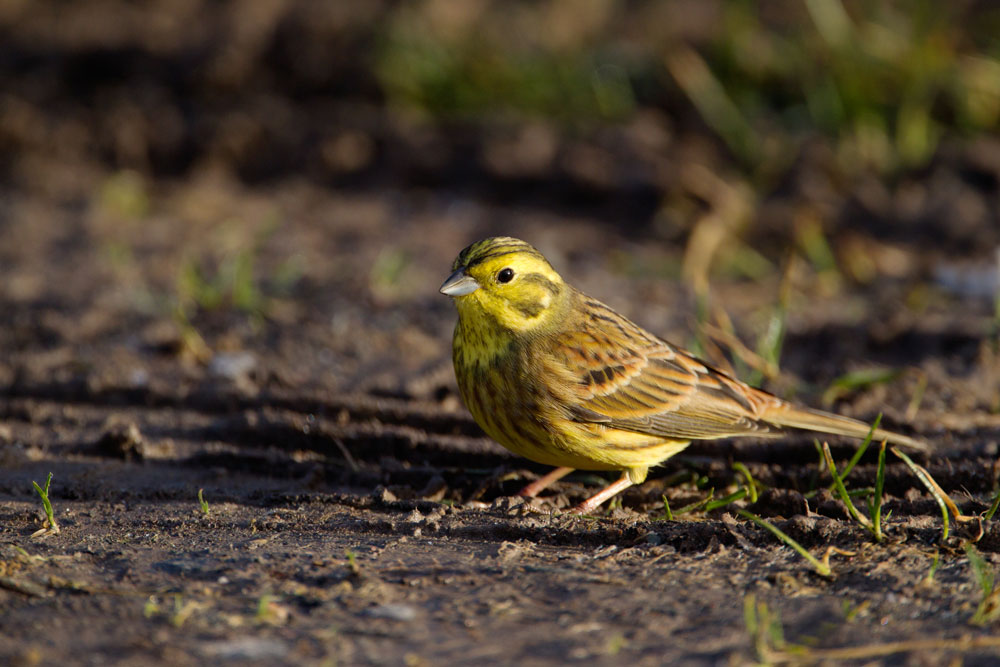

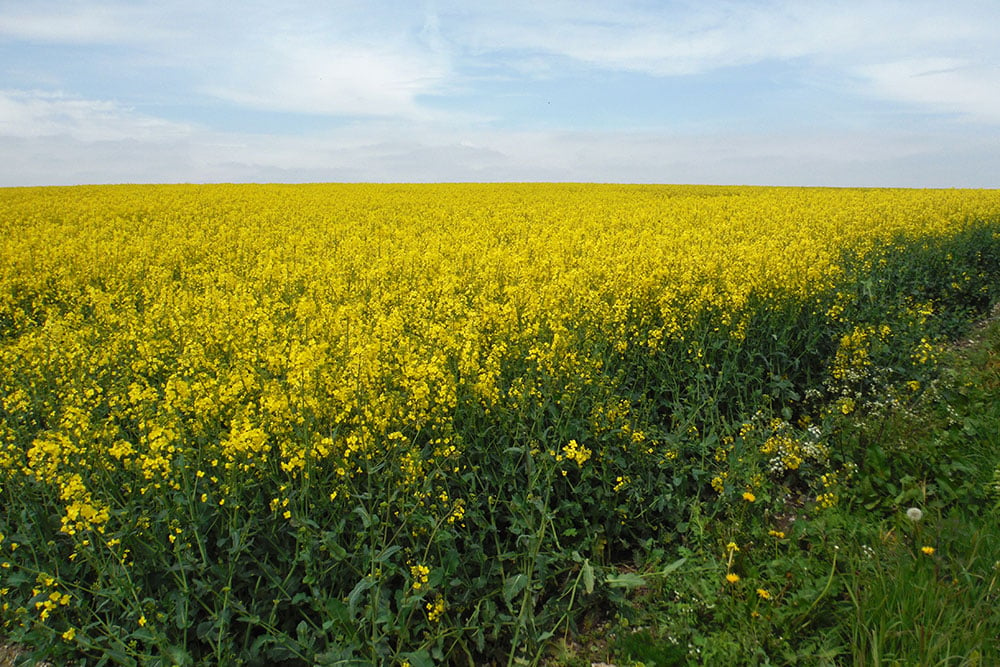
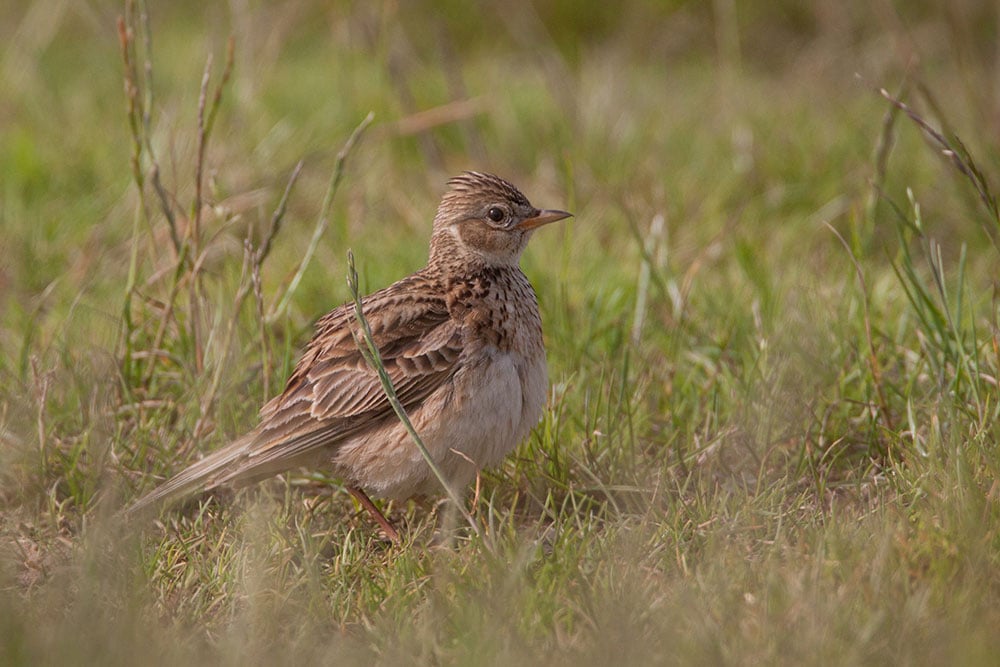


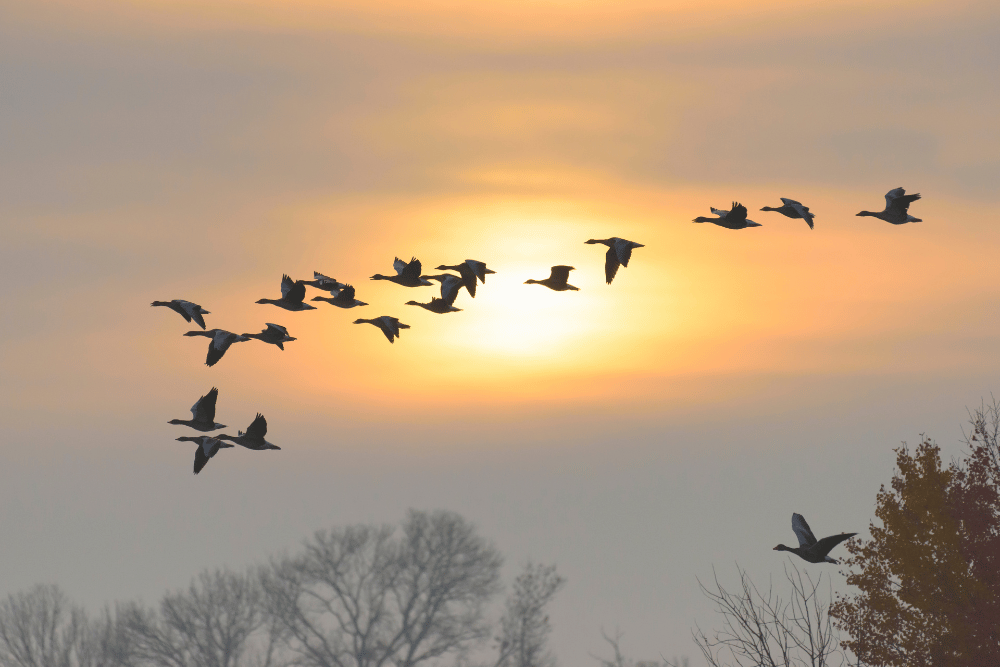
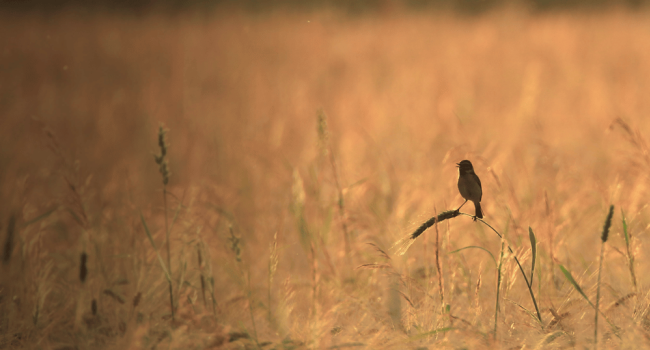
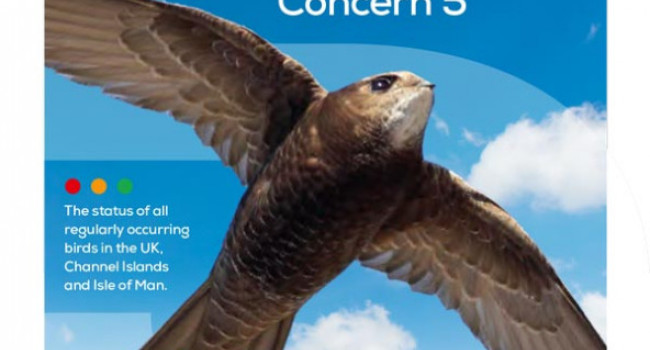


Share this page